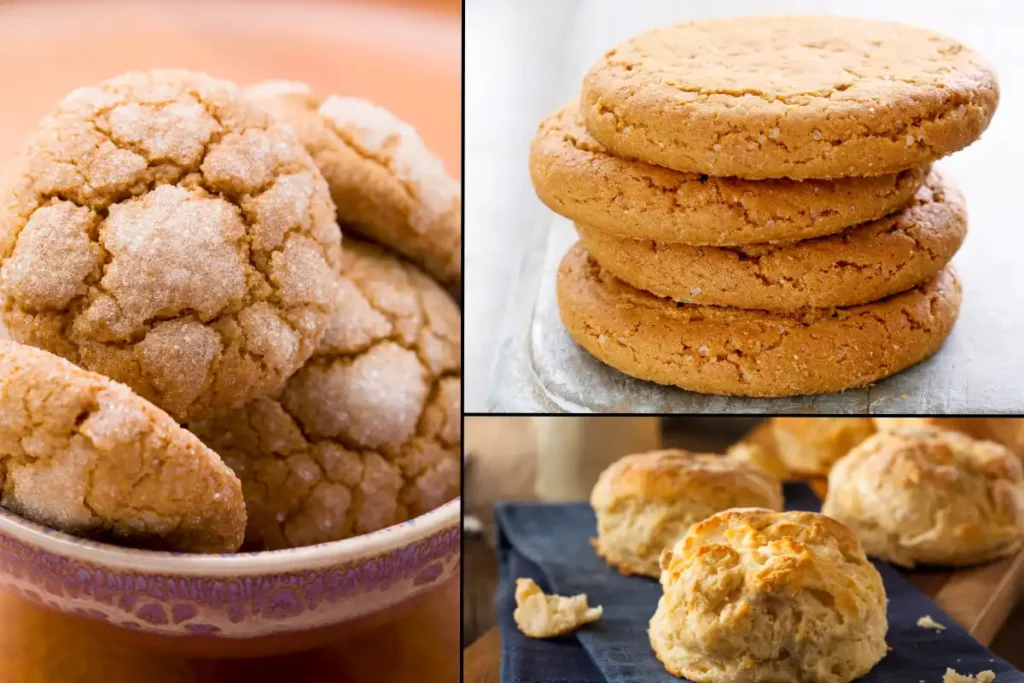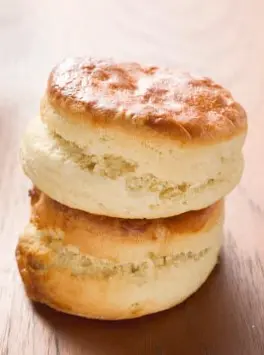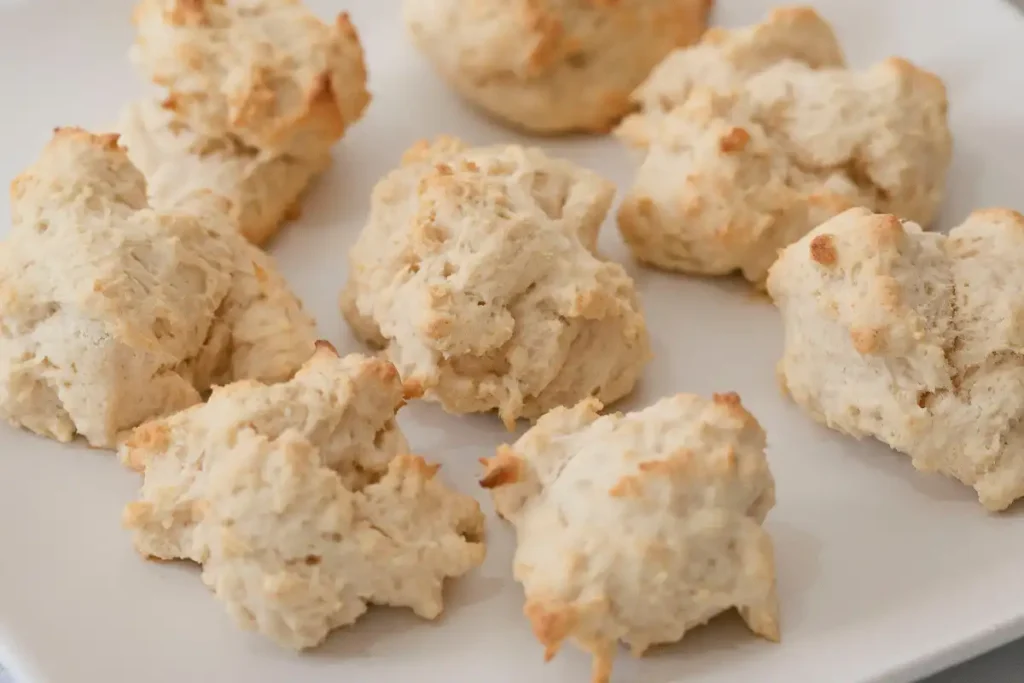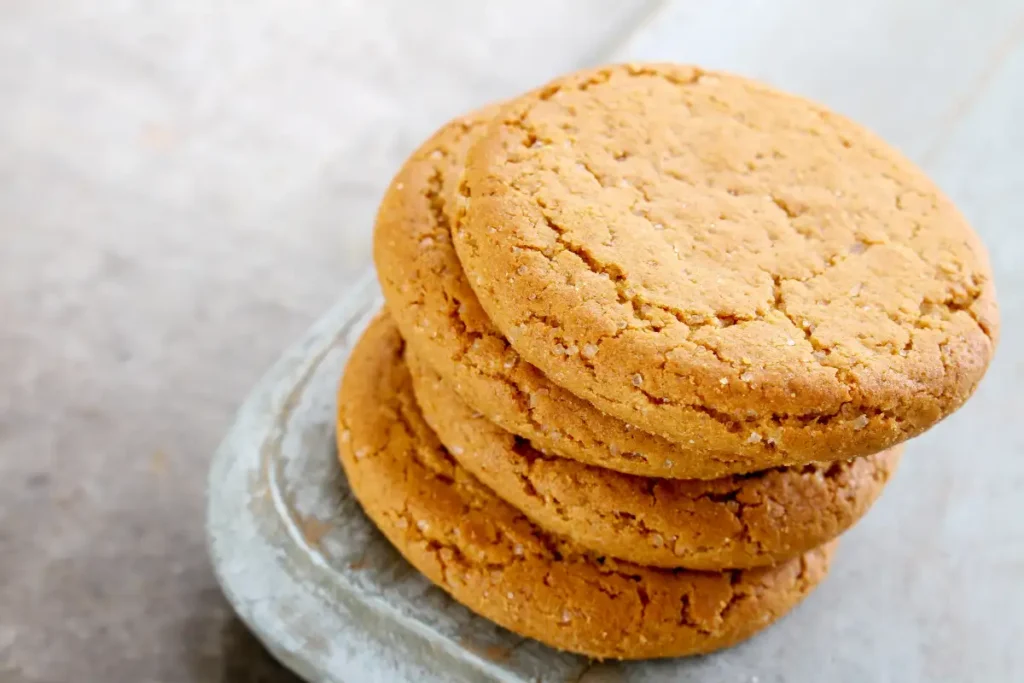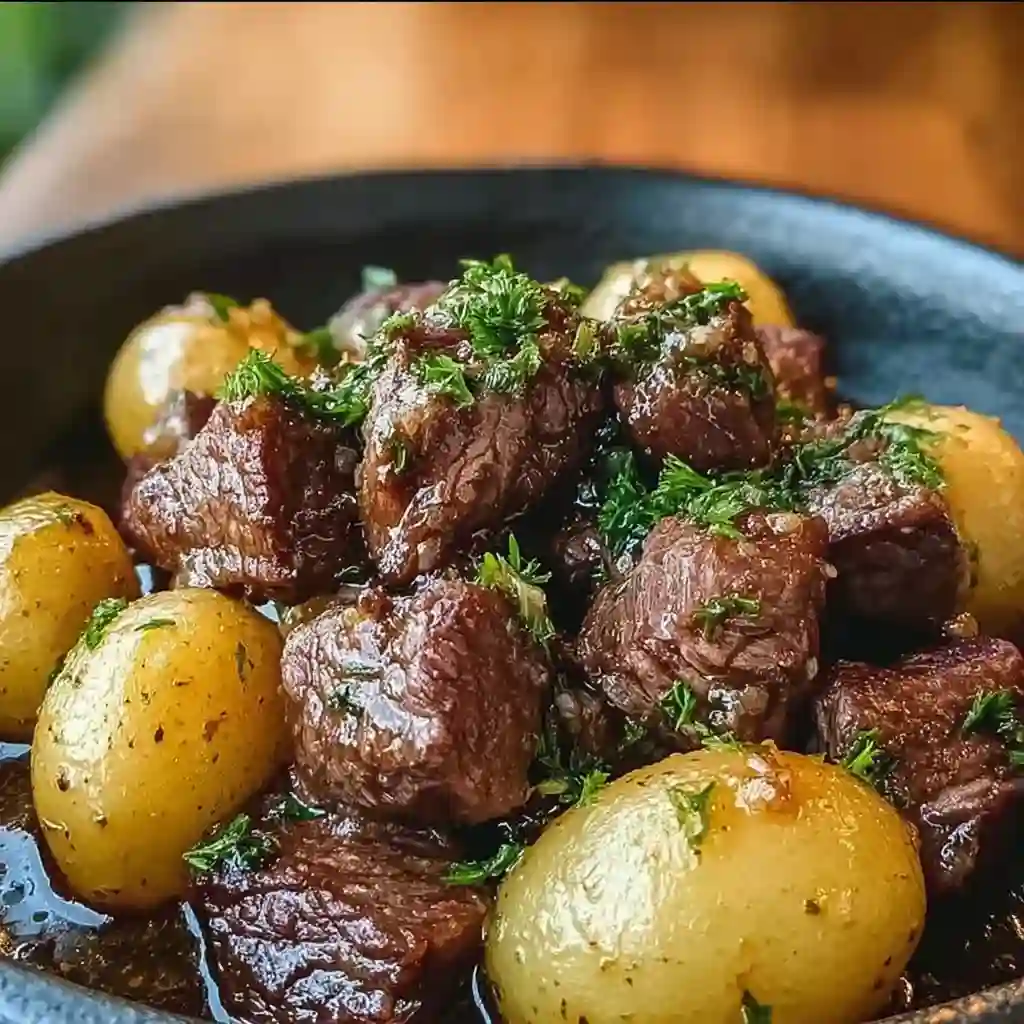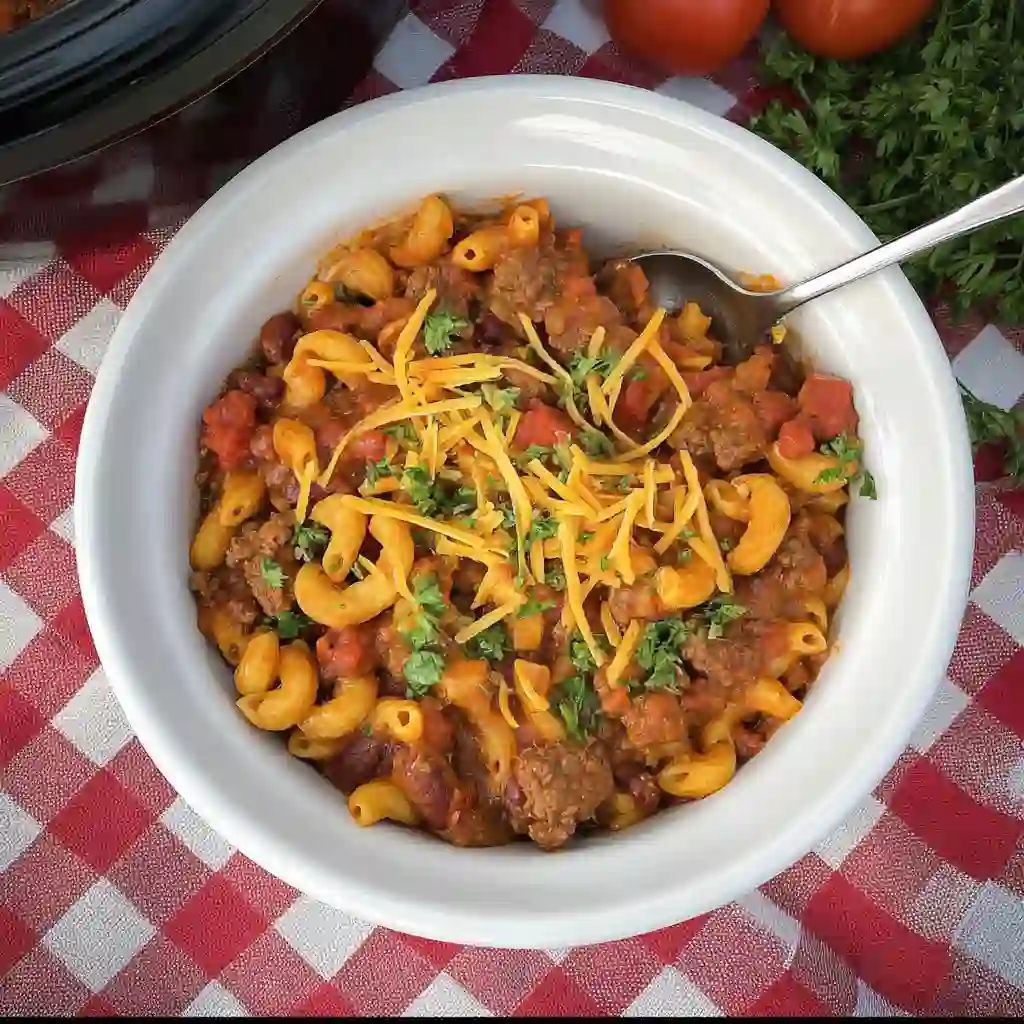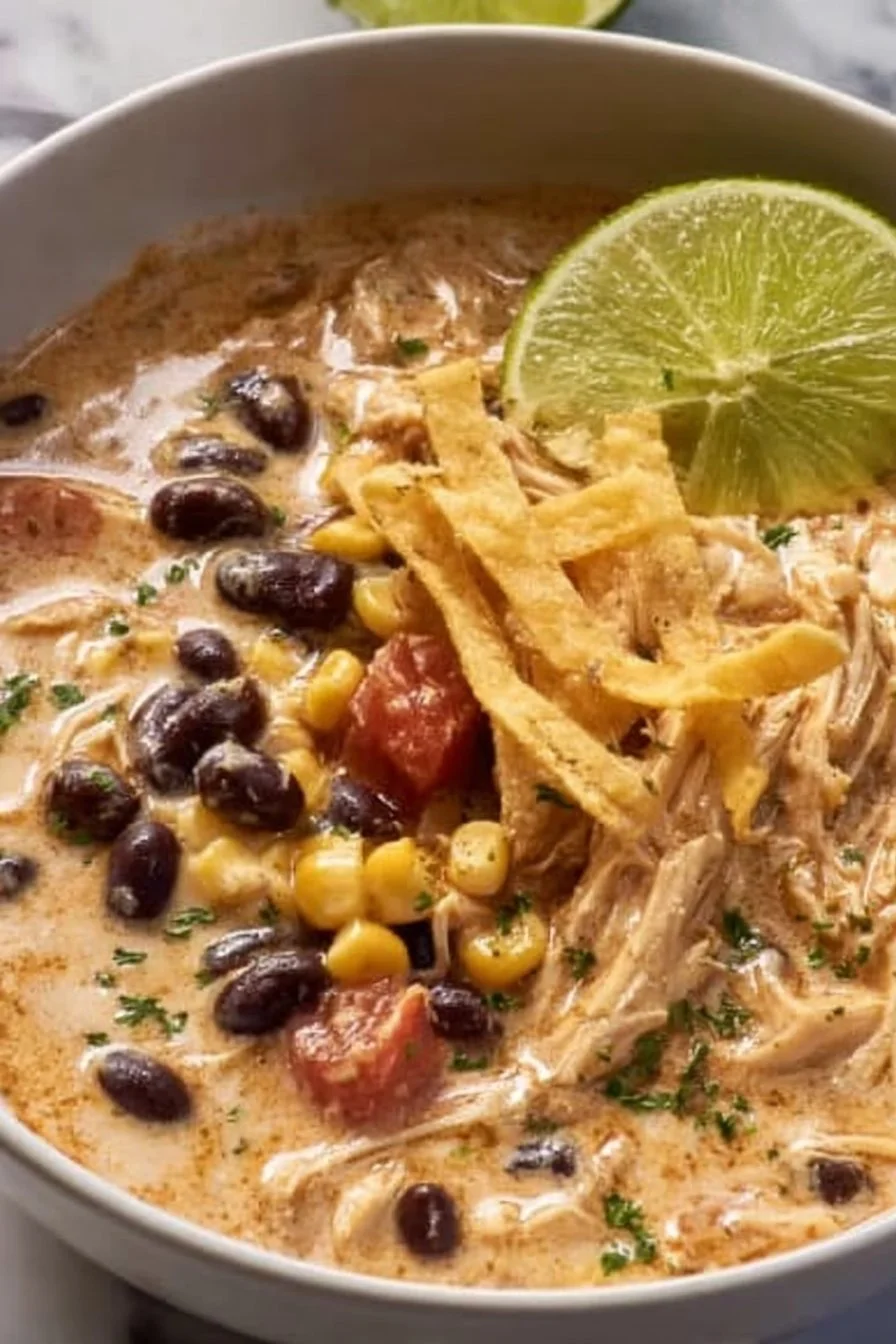Introduction to Biscuits
Biscuits, those delightful, flaky, and comforting treats, have been a staple in kitchens around the globe for centuries. Whether you’re sipping tea in the afternoon or looking for the perfect side to your morning coffee, understanding the varieties of biscuits can elevate your baking game and satisfy your culinary curiosity.
In this comprehensive guide, we’ll delve into the four types of biscuits that every baker, amateur or professional, should know. From the classic rolled biscuit to the decadent shortcake, we’ll explore the unique characteristics of each type and share some tips on how to bake them to perfection. So, let’s get started on this delicious journey!
Detailed Exploration of Biscuit Types
Rolled Biscuits
Rolled biscuits are the quintessence of traditional biscuit making. They are known for their flaky layers and buttery taste, which make them an irresistible choice for any meal.
What Makes Rolled Biscuits Special?
- Texture: They boast a light, airy interior with a golden-brown exterior.
- Method: The dough is gently kneaded and rolled out before cutting into shapes, which contributes to their layered structure.
Baking Perfect Rolled Biscuits
- Use cold butter to ensure flakiness.
- Don’t overwork the dough; it keeps them tender.
- Bake until they’re a beautiful golden brown.
Drop Biscuits
Drop biscuits are the laid-back cousins of the rolled biscuits. They require less precision but deliver a delightful taste and texture that’s hard to resist.
Characteristics of Drop Biscuits
- Texture: They have a more rustic, coarse texture compared to rolled biscuits.
- Ease: With a wetter dough that’s simply dropped onto a baking sheet, they’re perfect for quick, no-fuss baking.
Tips for Drool-Worthy Drop Biscuits
- Add a touch of honey or sugar for a slight sweetness.
- Use buttermilk for a tangy flavor and tender crumb.
Scones
Ah, scones! These British favorites straddle the line between a biscuit and a cake, offering a rich, buttery treat that pairs wonderfully with jam and cream.
Scone Secrets
- Variety: From sweet to savory, scones can be adapted to suit any taste.
- Texture: Expect a tender crumb with a slightly crusty exterior.
Mastering Scones
- Avoid overmixing to keep them tender.
- Experiment with add-ins like dried fruit, cheese, or herbs for variety.
Shortcakes
Shortcakes take the biscuit base and elevate it to a dessert status, often paired with fruit and cream for a sumptuous treat.
Shortcake Highlights
- Base: Uses a biscuit or scone as the foundation.
- Serving: Typically served with sweetened fruit and whipped cream.
Crafting the Perfect Shortcake
- Aim for a balance between the sweetness of the fruit and the richness of the cream.
- Use a light hand when mixing to keep the base tender.
Now, before we move on to the next section, let’s take a moment to appreciate the art of biscuit making. Whether you’re a fan of the flaky, the fluffy, or the fruity, there’s a biscuit type out there for you. So, why not roll up your sleeves, preheat your oven, and start exploring the delightful world of biscuits?
Next, we’ll dive into some essential biscuit-making tips and techniques to help you achieve baking perfection. Stay tuned!
Biscuit Making Tips and Techniques
Baking biscuits that turn heads and tantalize taste buds isn’t just about following a recipe. It’s about mastering a few key techniques and understanding the science behind the fluff and crunch. Here are some tried-and-true tips to elevate your biscuit game:
Achieving the Perfect Texture
- Cold Ingredients: Keep your butter and liquids cold. This ensures that the butter doesn’t melt during mixing, leading to those coveted flaky layers in rolled biscuits and a tender crumb in drop biscuits.
- Gentle Handling: Overworking the dough develops gluten, which can make your biscuits tough. Mix just until the ingredients are combined for a tender texture.
Flavor Enhancements
- Buttermilk Magic: Buttermilk isn’t just for tanginess; its acidity reacts with baking soda or baking powder, giving a lift to your biscuits, making them lighter and fluffier.
- Sweet or Savory: Don’t be afraid to experiment with flavors. Add cheese and herbs for a savory twist or a dash of sugar and vanilla for a sweet treat.
Baking to Perfection
- Even Thickness: When rolling out your dough, aim for even thickness to ensure uniform baking.
- Proper Spacing: On the baking sheet, space biscuits close enough so they rise upwards, not outwards, but not so close that they stick together.
Troubleshooting Common Issues
- Tough Biscuits: If your biscuits are consistently tough, you might be overworking the dough or not using enough fat.
- Not Rising: Ensure your baking powder or soda is fresh. Also, oven temperature accuracy is crucial; too low, and they won’t rise properly.
By keeping these tips in mind, you’re not just baking biscuits; you’re crafting experiences, creating memories, and maybe, just maybe, making someone’s day a little bit brighter. So, preheat that oven, gather your ingredients, and let’s bake some joy into those biscuits!
FAQs:
What are the 10 types of biscuits?
Here are 10 types of biscuits, each with its unique characteristics and uses:
- Rolled Biscuits: These classic biscuits come to life by rolling out the dough and cutting it into shapes before baking. Their flaky layers and buttery flavor stand out.
- Drop Biscuits: You make these biscuits from a softer dough that you drop onto a baking sheet. They offer a quicker preparation than rolled biscuits and feature a more rustic appearance.
- Scones: Often confused with biscuits, scones are similar but typically sweeter and often contain fruit, nuts, or other add-ins. They are popular in the UK and are commonly served with tea.
- Shortbread Biscuits: Originating from Scotland, these are rich, buttery biscuits made with a high ratio of butter to flour. They are typically sweet and crumbly.
- Digestive Biscuits: A British staple, these are wholemeal biscuits that are slightly sweet and often used as a base for cheesecakes or served with tea.
- Ginger Snaps: These are small, crispy biscuits flavored with ginger and other spices, known for their distinctive spicy taste and crunchy texture.
- Ladyfingers: Also known as Savoiardi, ladyfingers are light, sweet sponge biscuits often used in desserts like tiramisu or trifle.
- Biscotti: This Italian biscuit undergoes baking twice to reach a dry and crunchy texture. Flavors like almonds, chocolate, or anise often enhance Biscotti.
- Graham Crackers: Initially created as a health food, these sweet, whole wheat biscuits have gained popularity in the United States, frequently serving as the base for s’mores or pie crusts.
- Oreo Biscuits: One of the most famous commercial biscuit brands, Oreos consist of two chocolate-flavored wafers with a sweet cream filling in between.
Each of these biscuit types offers a unique flavor and texture, making them suitable for various occasions and culinary uses.
What is a flat biscuit called?
People often just call a flat biscuit a “flat biscuit” because it doesn’t have a specific name that sets it apart from other biscuits.
The flatness could be due to several factors, such as overmixing the dough, using expired leavening agents, or rolling the dough too thin.
What is the oldest biscuit in the world?
The oldest known biscuit in the world is the ship’s biscuit, also known as hardtack. This simple biscuit is made from flour, water, and sometimes salt. It was an essential part of the diet for sailors during long sea voyages because of its long shelf life without spoiling.
What are the different types of hard biscuits?
Hard biscuits typically refer to biscuits that are crunchy and have a low moisture content, which gives them a longer shelf life. Examples include:
Hardtack: A simple, durable biscuit made from flour, water, and sometimes salt.
Rusks: Twice-baked bread or biscuits, often eaten with tea or coffee.
Ginger snaps: A type of cookie made with ginger and other spices, known for its crisp texture.
Biscotti: An Italian almond biscuit that’s baked twice to achieve its hard texture.
Digestive biscuits: Originating from the United Kingdom, these are wholemeal biscuits known for their firm texture.
Conclusion
Embarking on the biscuit-making journey is a delightful exploration of culinary artistry. Whether you’re crafting the perfect flaky rolled biscuit, exploring the charm of a rustic drop biscuit, a rich scone, or a decadent shortcake, each type offers a unique taste and texture experience.
With the tips, techniques, and answers to common questions this guide offers, you have all you need to bake biscuits that will impress, comfort, and delight.
Remember, baking is as much about the process as it is about the outcome. So, take joy in the act of mixing, rolling, cutting, and baking, and of course, in the pleasure of sharing your delicious creations with others. Happy baking!

